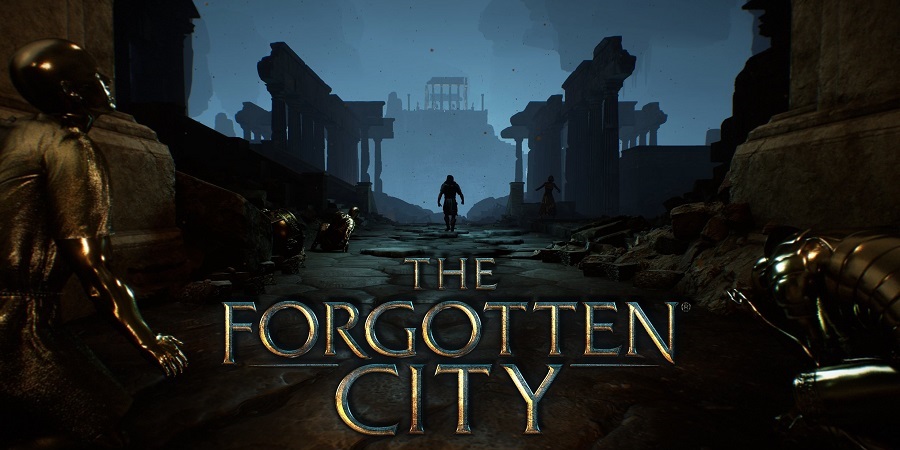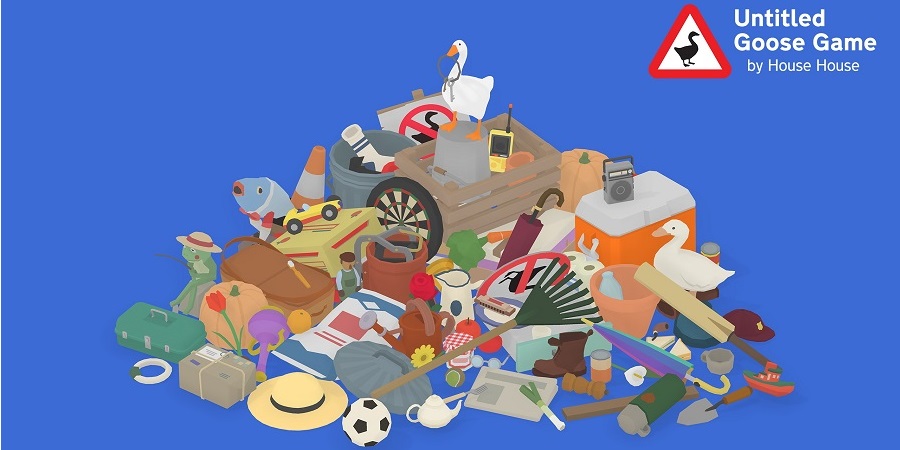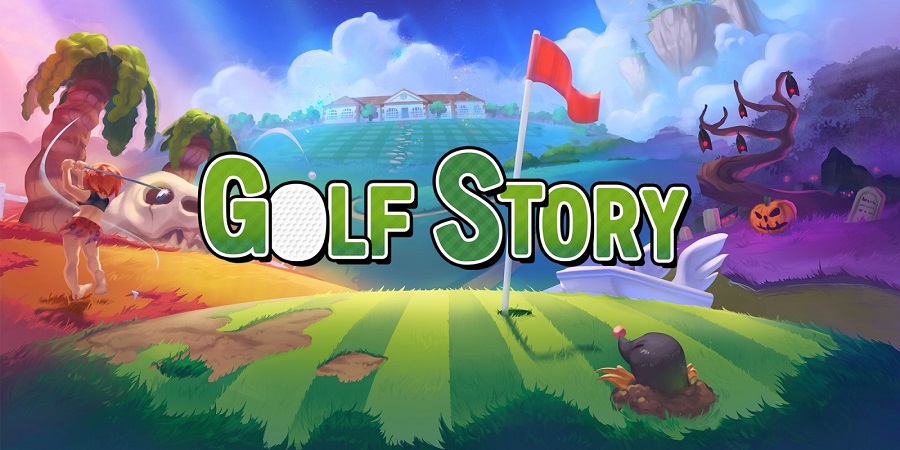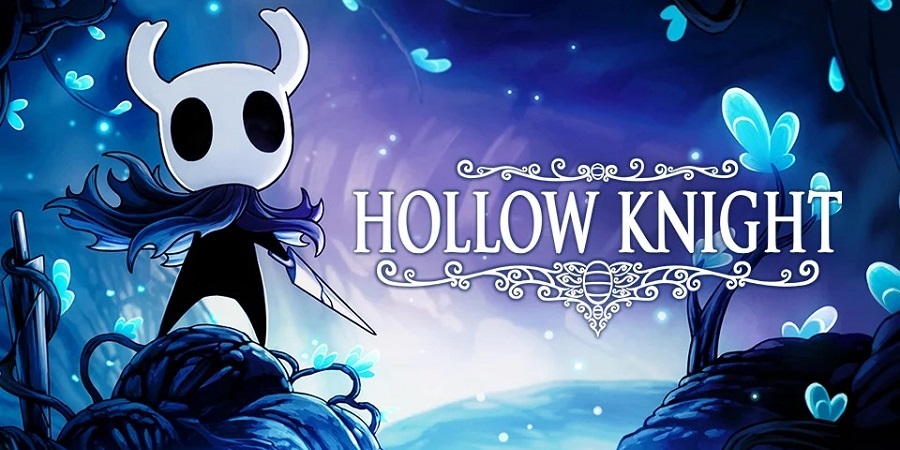Australia isn’t well known for video game development but it has a respectable history in the industry despite being (population wise), quite small. I could point the curious to this list on Wikipedia but it would only cause confusion. Many of the listed titles could mean simply ports to other consoles or games that were co-developed by an Australian studio. There are a number of well-known games that I could list though including, Dark Reign, Fallout: Tactics, L.A. Noir, Ty the Tasmanian Tiger. Sonic Mania (co-developed) and the Castle of Illusion remake. I could go even further than this. There are plenty of independent titles too including Dragon’s Wake which I reviewed some years ago.
The focus here will be four games that have been released in the last six years by Australian developers that were not only well-received both critically and commercially but also clever and unique for their respective genres.
 The Forgotten City, Modern Storyteller, 2021, Victoria
The Forgotten City, Modern Storyteller, 2021, Victoria
I actually had no idea this game existed until watching a great documentary by Noclip. This alone sold me on the game without playing it if only for the massive risks taken in bring it to fruition as well as its humble origins as a Skyrim mod. The Forgotten City reminded me a lot of the Tranquility Lane quest in Fallout 3 with a time loop mechanic. This game, more than any that follow after, is best enjoyed knowing as little about it as possible. The developers feel so strongly about this that they request not to share details on the title screen. After playing through it, I would generally agree that it is best played without knowing exactly what to expect. However, I do have some commentary so the next few paragraphs will be spoiler heavy.
The conceit of The Forgotten City is the player finding themselves trapped in a lost Roman city where all citizens are under the Golden Rule. If even one person violates the rule then all will suffer the same fate which is made clearer with previous citizens having been turned into golden statues spread throughout the city. It isn’t long before the player experiences the consequences (usually by their own actions) and they are able to return through a portal and repeat the day. The plot thickens very quickly as the unique cast of characters are met, helped or perhaps avoided altogether. The main enjoyment to be had is in meeting and interacting with these characters although there are some isolated moments of action along the way.
Although apparently including Roman historians in development, their are a number of obvious incongruities. These come early with a Karen joke and reference to the events of recent memory involving a mild respiratory illness. These are the least of the problems though. The Magistrate Sentius at one point claims Romans respect “sexual preference” as some kind of value. There is a sub-Saharan African “Egyptian” character who claims the Greeks stole his people’s gods. There is a homosexual character receiving “bigoted” attacks by a Christian who of course turns out to be gay himself. There is at least one lesbian. There is a low-class Jew who gets stuck in debt bondage which is quite an inversion of reality. Probably the most irritating part was being forced into a “Socratic dialogue” with an old man (who I suspect was something of a self-insert) and having to come to agree with him to progress despite his reasoning being faulty.
The rule-breaking aspect is also quickly limited by the necessity for conflict in the drama. How after all, can you help people when everyone has to play nice? This is explained satisfactorily enough by the end but you still have a number of characters being massive jerks without any immediate consequences. This includes kidnapping, lying, swindling and suicide. However, anything a character consents to with their will — no matter how unjust; is not subject to the rule. Outright theft and murder are the usual two that cause a violation.
There are multiple endings but the first three are more or less the same and the final ending is the one intended. This takes the narrative into science-fiction territory that clashes with everything that came before. I could have thought of better ways it could have been directed. The city is actually representative of four major empires including the Sumerian, Egyptian, Greek and Roman but this is rather limited in scope and equivocating the gods of all four is more than a little simplistic. I saw this described somewhere as “Reddit history” which is perhaps the most rhetorically effective way to summarise it.
Finally, this could be blamed more on my aging hardware but I experienced frequent crashes and had to reinstall the game at one point. I have played other similar games that ran much better.
All that out of the way, it is still a game worth experiencing as the journey is far better than the ultimate destination.
 Untitled Goose Game, House House, 2019, Victoria
Untitled Goose Game, House House, 2019, Victoria
I only have one major criticism of Untitled Goose Game and that is its horrible title. I realise that the calling it Goose on the Loose would have clashed with the tone but surely just Goose Game would have been preferable? Failing that, if you simply must be pretentious, why not go for a more absurd name?
I have no further criticisms of what is one of the most unique and whimsical independent releases of recent memory. What is at core a puzzle game where a goose must traverse various urban arenas by ruining the populaces day is elevated by its sheer silliness. In each area there is a specific way to get through but the game also encourages experimentation which is the main source of enjoyment. It stays varied and interesting for the length of the game which lasts just long enough not to get boring. However, those wanting more still have new challenges to discover on a repeat journey.
This is brief compared to my commentary above but nothing more needs to be said.
 Golf Story, Sidebar Games, 2017, Queensland
Golf Story, Sidebar Games, 2017, Queensland
Golf Story was released near the end of the Nintendo Switch’s launch year. I was immediately interested as the inspiration was Camelot Software Planning’s Mario Golf for the Game Boy Colour. I was more familiar with the Game Boy Advance sequel Mario Golf Advance Tour which was in many ways superior to the GameCube counterpart though designed as a companion. The key difference between this and many other sport’s games was the inclusion of an RPG-lite story mode as well as a thoughtful progressions system. Advance Tour used a similar engine to the Golden Sun games which I always considered mediocre RPGs though they have their fans. This engine was much better employed on Advance Tour and later Mario Tennis: Power Tour.
Golf Story is an RPG based around golf and the progressions system is thoughtfully implemented and not just tacked-on as a feature on a checklist like with so many other games. The golfing is challenging but fair and the story is engaging and frequently amusing. Being a sports game, there are also exhibition modes for immediate action. This (more so than any of the other games on the list), also contains plenty of references to its Australian origin including generally irreverent humour.
This game betters the source of inspiration and it is a shame Camelot’s more recent Mario Golf: Super Rush didn’t include a similarly robust story mode. Instead, it was a simple affair that was improved slightly with a series of later updates like many of Nintendo’s lesser releases over the last five years. As of writing, this remains a Switch exclusive and although it certainly belongs there, it would be great to see a wider release on other platforms. There was also a more ambitious sequel titled Sports Story released late last year which has not been as well-received. I have not played the latter yet but I certainly still plan to down the track but this one is my favourite of the four games in this list.
 Hollow Knight, Team Cherry, 2017, South Australia
Hollow Knight, Team Cherry, 2017, South Australia
Finally, Hollow Knight which was developed in Adelaide — my home city! This is in the “Metroidvania” genre which is a name I have never liked though I love both Super Metroid and Castlevania: Symphony of the Night. This is a popular genre for indie creators so it is harder to discern the wheat from the chaff. Hollow Knight however has earned its high reputation.
I actually first played a very early build of the game which was nowhere near as fleshed out as the final product so I originally went in with low expectations. This was also not helped by initial impressions of the visual design which looks very similar to something you’d find on New Grounds fifteen years ago. It is interesting then that one of the most impressive aspects of the game is the art design which still does so much to contribute to the game’s atmosphere with a limited colour pallet and relatively simply character design. The wonderful soundtrack and fluid gameplay as well as the giant, varied world all add to the experience.
Of all the games on this list, I consider Hollow Knight the most replayable and I only got to the basic ending and there was plenty still to do beyond where I ended my playthrough. Further, the game provides an excellent challenge for those that want it and an almost perfect balance between fun and frustration. This does have a sequel on the way called Hollow Knight: Silksong which was announced back in 2019 but may see release some time this year.
